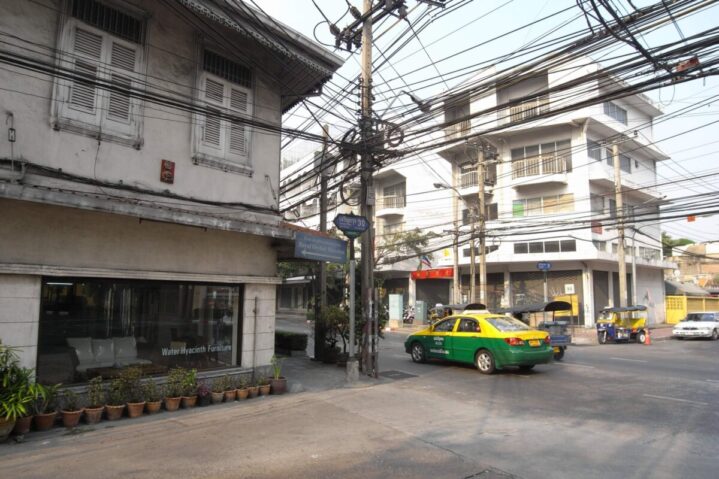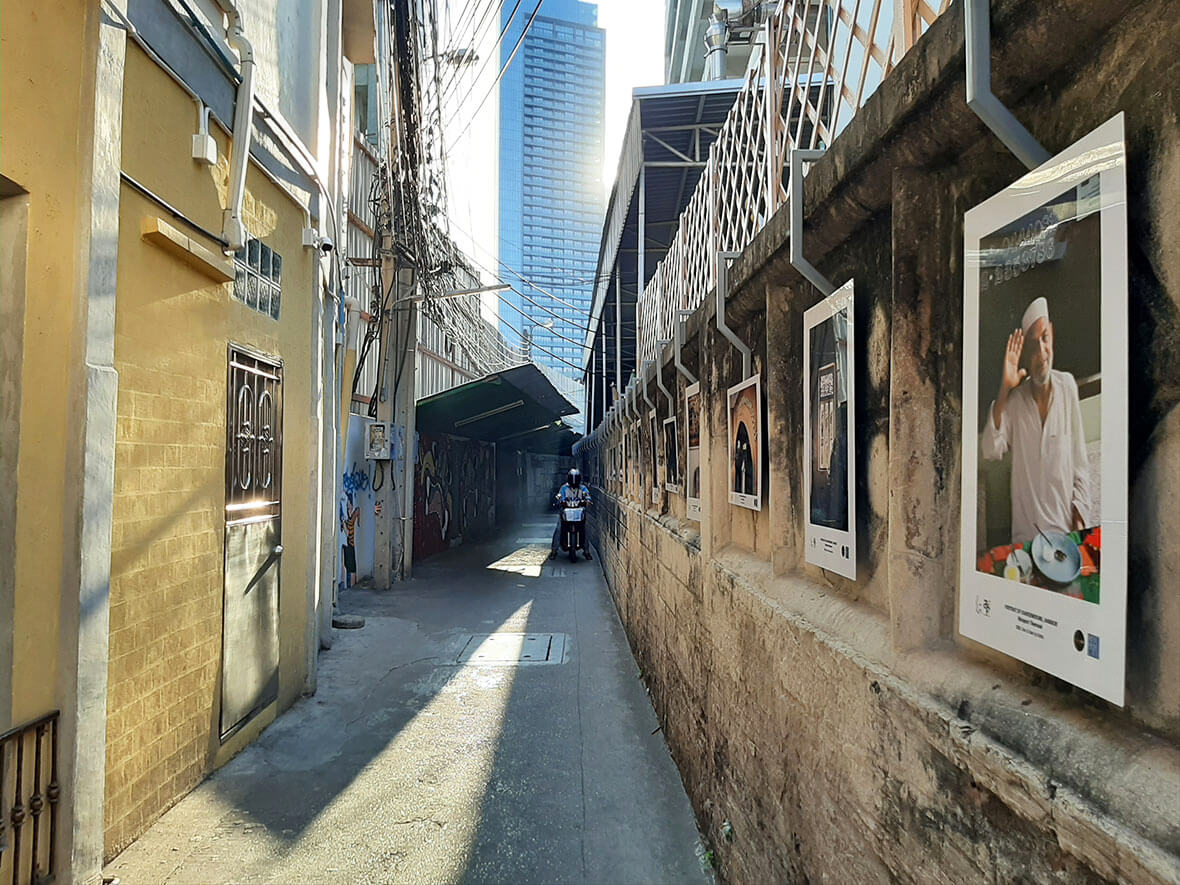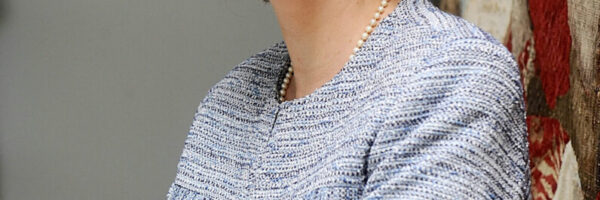
Captain Bush Lane
It is fascinating that up to a dozen Thai Thanons (or avenues or streets) and Sois (lanes) have been given ‘farang’ nicknames. At least one, Henri Dunant Road, was given a name change back in 1965 (formerly known as Thanon Sanam Ma), but the several others include Soi Bearing (actually Behring or Sukhumvit Soi 107), Rue de Breast (Thanon Charoen Krung Soi 36), Wireless Road (Thanon Witthayu), New Road (Thanon Charoen Krung), Soi St. Louis (off of Thanon Sathorn), Soi La Salle (Sukhumvit Soi 105) and Soi Nana (actually it is the name same in Thai since Nana is an Indian family name, the family owns all of the Nana area and beyond), Soi Cowboy (off of Thanon Asoke) and Captain Bush Lane (Soi Charoen Krung 30), is perhaps the earliest ‘foreign’ nicknamed thoroughfare here.
Sir John Bush (1819-1905), an English sea captain commonly referred to as Captain Bush, was actually an Admiral in the Siamese Navy. He was very influential in the development of Bangkok as an international port. He served during the reigns of King Rama IV and King Rama V and commanded several Royal Siamese vessels. Captain Bush also managed the Bangkok Dock Company and served as Bangkok’s Harbour Master, a very important position at the time. The Soi where he used to reside is named in his honour.
Captain Bush Lane is noteworthy in early Bangkok history for its concentration of important expatriate businesses, buildings and residences either on the lane or in the immediate area from the mid-19th to the early 20th century. Early in the 19th century there was little more than a small Chinatown in the area, Charoen Krung Road was just an elephant track through the jungle. The first Thai building in the immediate area was a Buddhist temple called Wat Kaeo Fa. The first foreign structure built was the Portuguese Embassy, the oldest diplomatic residence in Thailand. It was first established on the site in 1820 on land granted by King Rama II. With the signing of the Bowring Treaty, then foreigners started flooding into Thailand. Numerous legations and consulates were established in this area. Business started to flourish as trade quickly expanded.
Charoen Krung Road, the first paved road in Thailand, was opened in 1864 to serve the expat and Chinese communities. In 1888 Captain Bush Lane was built. Along with several European expatriates, consular officials and Captain Bush, all resided on the Soi. Also in 1888 part of the Wat Kaeo Fa temple grounds were used for the first foreign bank here, The Hongkong and Shanghai Bank. This operated out of the old Customs House building. In 1890, it relocated to a permanent office on the mouth of Khlong Phadung Krung Kasem. That building lasted until 1977 when it was demolished to make way for the Royal Orchid Sheraton Hotel.

Also on the temple grounds was the United Club built in 1888. It was an international expatriate social club for Western expatriates. Its members included British, German, French, and American nationals. The club was described as having a large well laid out area with billiard rooms, card tables, a reading room, tennis courts, a bowling alley and dining facility inside the building. But in 1903 the British Club members split off due to some unremembered dispute to form their own social organisation called the British Club.
The Southern plot of the temple grounds was rented to a French beverage company called Societe Française des Distilleries de l’Indochine. This firm constructed an office building, later to be called House No.1, sometime between 1907 and 1925. It was built of masonry and load bearing walls. It was a two storey building done in neo-classical style with tiles on the first floor and teak wood on the second floor. It had a hipped roof with diamond shaped tiles over a timber frame.
The Northern plot of the temple grounds was rented to the Louis T. Leonowens Company, Ltd. They built offices and warehouses. One warehouse, next to House No.1 was probably constructed between 1907 and 1913. This structure is now the only remaining building left from the company’s ownership.
In 1898, the foreigners living in the area sent in a letter of complaint about the stench coming from the temple due to its service as a cremation ground and pig sty. An official investigation was ordered, and the temple eventually was relocated.
Captain Bush Lane is colourful reminder of the early past foreign influence on Thai history.


